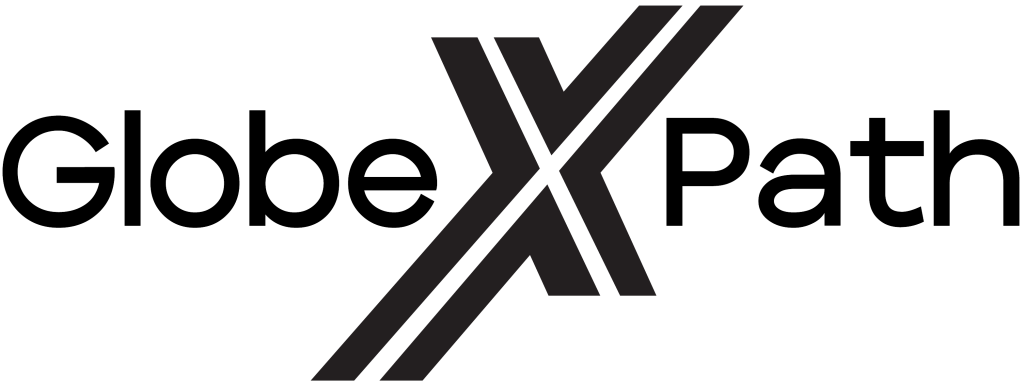Starlink in Africa: Elon Musk’s Satellite Revolution Is Closing the Continent’s Digital Divide
Elon Musk’s Starlink isn’t just a tech marvel—it’s rewriting Africa’s connectivity future. With over 67.5% of Guinea-Bissau’s population offline and rural South African internet access at a mere 1.7%, Starlink’s low-earth orbit (LEO) satellites are delivering high-speed internet where traditional providers failed. Here’s how it’s transforming the continent—and the hurdles it faces.
Africa’s Connectivity Crisis: The Stark Divide
Africa’s internet penetration languishes at ~40%, the world’s lowest. Legacy providers like Orange and Telecel rely on fragile fiber routes through neighboring countries, causing frequent outages. In Nigeria, users endured “constant blackouts during meetings” before Starlink.
Starlink’s African Footprint: 18 Countries and Growing
As of mid-2025, Starlink operates in 18 African nations, with plans for 10 more by year-end. Recent launches include:
Guinea-Bissau: Became the 7th West African nation with Starlink in 2025; kits start at $205.
Nigeria: First African entry (2023); now the #2 ISP with 65,564 subscribers, poised to lead by 2026.
Kenya, Rwanda, Mozambique: Latency plummeted to 53–67 ms after local Points of Presence (PoPs) deployment,
Table: Starlink’s Performance in Key African Markets (Q1 2025)
| Country | Download Speed | Latency | Advantage vs. Local ISPs |
| Botswana | 106 Mbps | 100+ ms | 11x faster |
| Nigeria | 44-50 Mbps | 60 ms | 2-4x faster |
| Kenya | <50 Mbps | 53 ms | 2x faster |
Opportunities Unleashed: Education, Economy & Healthcare Education Revolution
5,000 South African schools could gain free internet under Starlink’s proposed R500 million EEIP deal, impacting 2.4 million students.
Virtual classrooms now reach remote villages in Rwanda and Nigeria, dismantling urban-rural education gaps.
Economic Catalyst
Nigerian entrepreneurs leverage Starlink for e-commerce, accessing global markets despite local grid failures.
Farmers in Kenya use real-time weather data to boost yields and connect to online marketplaces.
Healthcare Transformation
South Africa’s National Sea Rescue Institute (NSRI) uses Starlink for emergency coordination in dead zones. CEO Dr. Cleeve Robertson calls it a “game-changer for saving lives”.
Telemedicine bridges doctor shortages in Lesotho and Sierra Leone.
Cost Breakdown: Affordability vs. Local Alternatives
| Product | Price | Monthly Plan |
| Standard Kit | $400 | $63 (residential) |
| Mini Kit | $205 | N/A |
| 250 GB Data Plan | N/A | $31 |
*In Zimbabwe, Starlink undercuts fiber providers charging >$100/month by offering unlimited internet at $30 2.*
Government Legislation: The Regulatory Maze
South Africa’s B-BBEE law mandates 30% Black ownership for licenses. Starlink refuses equity dilution, countering with a R500 million EEIP investment for schools.
Leftist lawmakers decry EEIP as a “back door entry”, stalling approval.
Nigeria embraces open-skies policies but bans Starlink in military systems over U.S. data-mining fears.
Buying Criteria: Accessibility Challenges
Hardware: Sold via e-commerce (e.g., Jumia) or gray-market resellers in Lagos’ Computer Village.
Sign-up Halts: Capacity limits paused new users in Abuja, Nairobi, and Harare—pending satellite upgrades.
Elon Musk & Starlink: Origins, Revenue, and Ambitions
History: Launched in 2019, Starlink now operates 7,875 satellites (June 2025), targeting 42,000.
Revenue: Projected to hit $15.5 billion in 2025, eclipsing NASA’s budget. Starlink drives ~70% of SpaceX income.
Global Reach: Serves 2.6+ million users worldwide, with Europe and the Americas as established markets.
Challenges: Competition, Latency & Space Debris
Competition: Amazon’s Project Kuiper (100 satellites) and China’s Spacesail (100+) lag behind. Starlink’s “interstellar McDonald’s” lead is formidable 612.
Technical Limits: Latency exceeds 180 ms in Madagascar and Sierra Leone, hampering video calls.
Astronomy & Safety: Satellites disrupt telescope imaging and pose collision risks—ESA dodged Starlink 44 in 2019.
The Future: A Connected Africa—On Starlink’s Terms?
Starlink’s expansion will hinge on:
Regulatory agility: Adopting EEIP models to bypass ownership rules.
Cost innovation: Leasing hardware (e.g., Kenya’s $30/month “Residential Lite”).
Security compromises: Balancing data sovereignty with reliability demands.
As African users vote with their wallets—Nigeria’s Spectranet lost 8,428 subscribers to Starlink in 2024—the message is clear: the continent is hungry for revolution, not rhetoric.
Sources:
Starlink’s African Performance
Rural South Africa’s Transformation
Starlink’s South Africa Proposal

